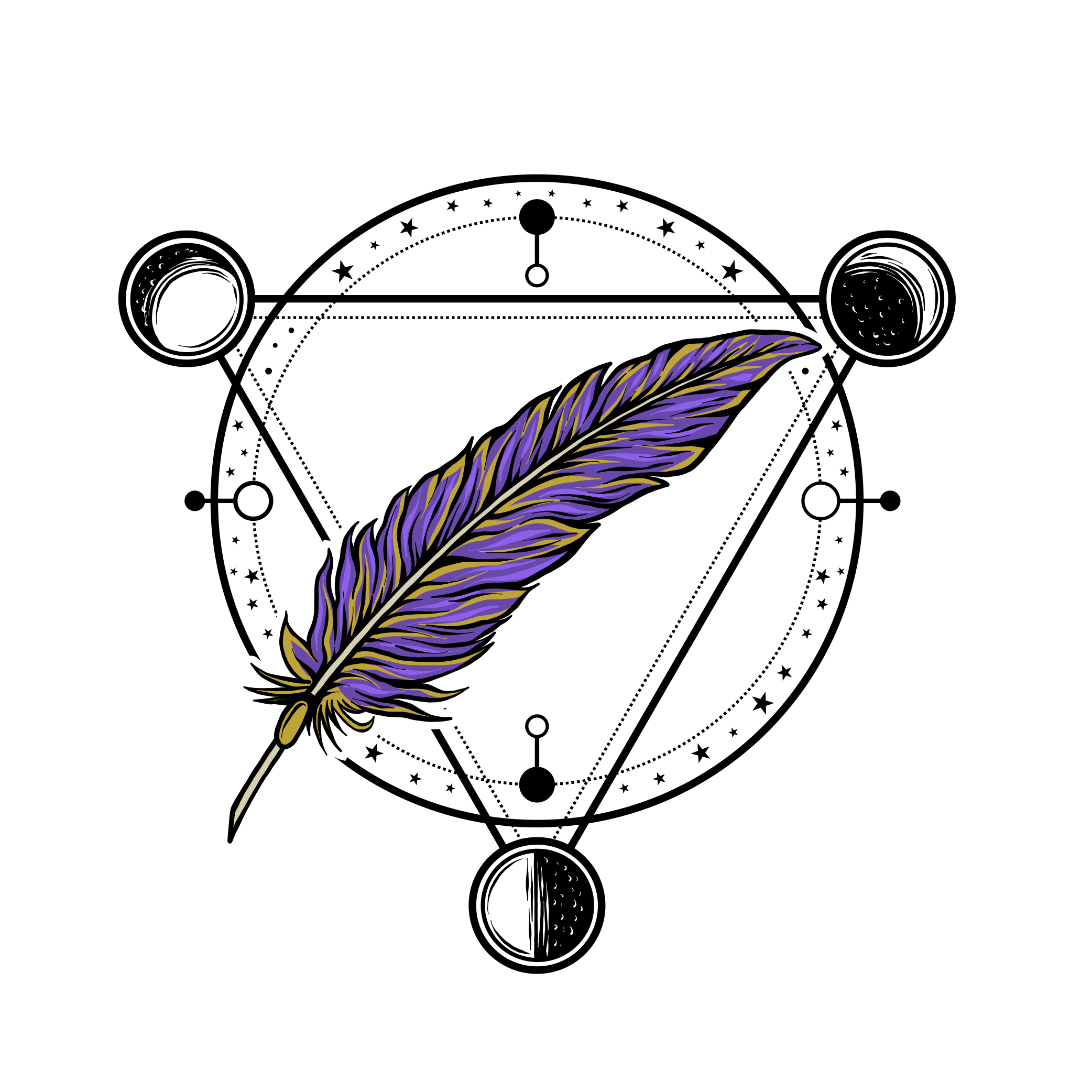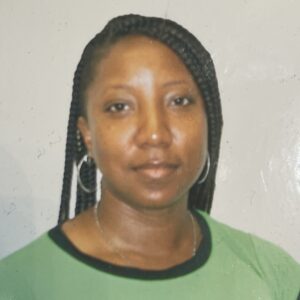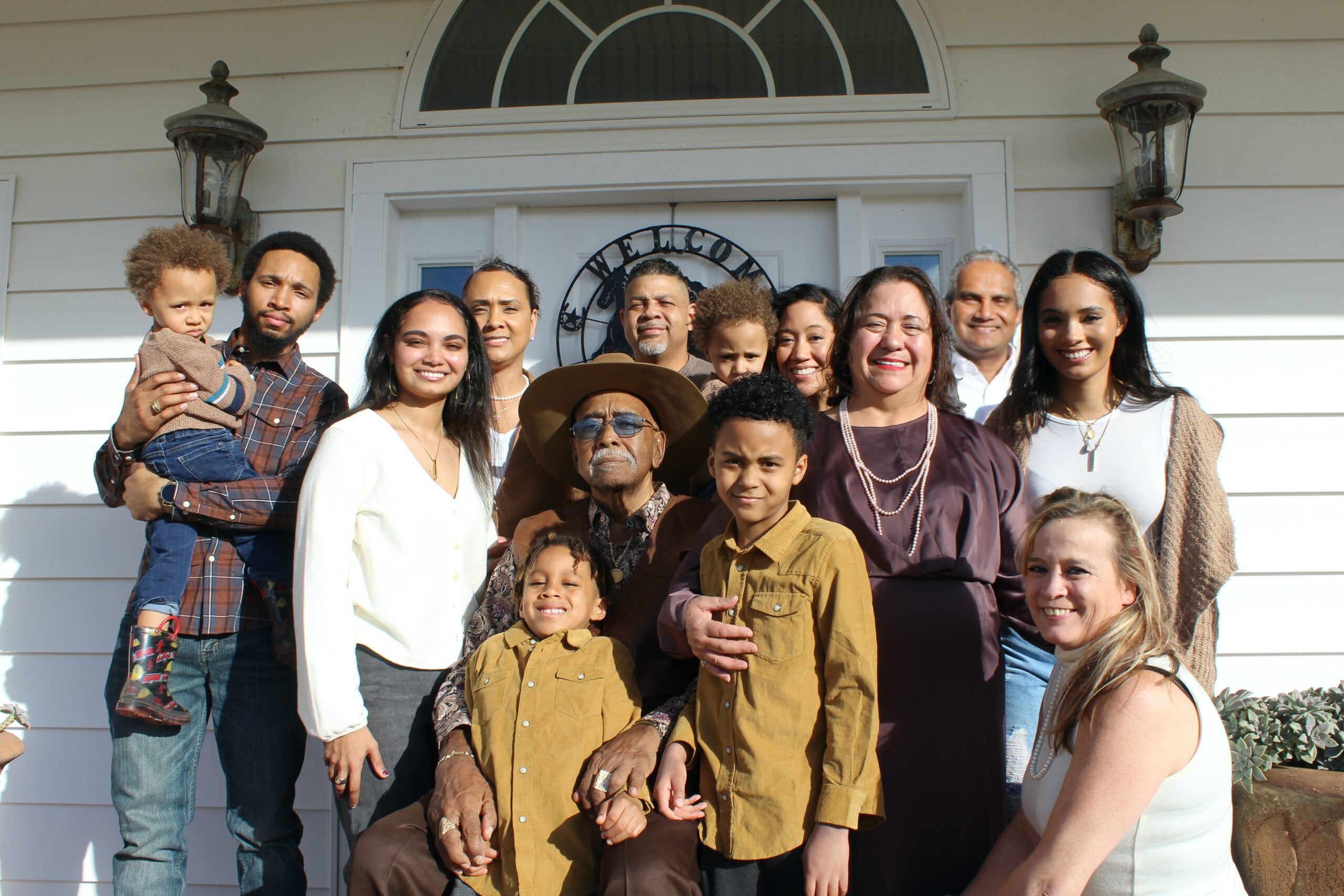-
Place of Birth
Chicago, Illinois
-
TRIBAL AFFILIATION
Shabtau/Chickasaw
-
Surname Heritage
Germany / Wales / Ireland
Williams History, Family Crest & Coats of Arms

The Welsh name Williams is a patronymic surname derived from the personal name William, which is in turn derived from the Old German names Willihelm and Willelm (the Norman French version was Guillaume). Following the Norman Conquest of 1066, William became the most popular personal name in Britain for a time.
Early Origins of the Williams family
The surname Williams was first found in Breconshire and Monmouthshire on the English/Welsh border, where they are traditionally believed to be descended from Brychan Brecheiniog who was Lord of Brecknock at the time of King Arthur of the Round Table.
The mediaeval seat of the ancestors of the Williams family was at Llangibby Castle in County Monmouth. More recently, the family is descended through Rhys Goch, the red haired Lord Ystradyw from Caradog Vreichvras.
One of the first records of the name was listed as Robertus filius Willelmi [1] which was listed in the Domesday Book. [2] Other early records include Richard Williams who was listed in the Hundredorum Rolls of 1279 and John Wylyam who was listed in the Subsidy Rolls of Sussex in 1296.
Early History of the Williams family
This web page shows only a small excerpt of our Williams research.
Williams Spelling Variations
Welsh surnames are relatively few in number, but they have an inordinately large number of spelling variations. There are many factors that explain the preponderance of Welsh variants, but the earliest is found during the Middle Ages when Welsh surnames came into use. Scribes and church officials recorded names as they sounded, which often resulted in a single person’s name being inconsistently recorded over his lifetime. The transliteration of Welshnames into English also accounts for many of the spelling variations: the unique Brythonic Celtic language of the Welsh had many sounds the English language was incapable of accurately reproducing. It was also common for members of a same surname to change their names slightly, in order to signify a branch loyalty within the family, a religious adherence, or even patriotic affiliations. For all of these reasons, the many spelling variations of particular Welsh names are very important. The surname Williams has occasionally been spelled Williams, Quilliams, Guilliam, Guilliams and others.
Early Notables of the Williams family (pre 1700)
Prominent amongst the family during the late Middle Ages was Roger Williams (c.1604-1683), English-born, American clergyman, founder of the colony of Providence Plantation in 1636; Sir Henry Williams, 2nd Baronet (c. 1635-1666), a Welsh politician who sat in the House of Commons from 1660 to 1661; John Williams, Archbishop of York in 1641; Nathaniel Williams (1656-c.1679), a Welsh writer from Swansea; Sir Trevor Williams, 1st Baronet (c. 1623-1692) of Llangibby, Monmouthshire.
Williams World Ranking
In the United States, the name Williams is the 3rd most popular surname with an estimated 1,738,413 people with that name. [3] However, in Canada, the name Williams is ranked the 17thmost popular surname with an estimated 63,729 people with that name. [4] And in Quebec, Canada, the name Williams is the 544th popular surname. [5] Newfoundland, Canada ranks Williams as 27th with 705 people. [6] France ranks Williams as 6,400th with 1,000 – 1,500 people. [7] Australia ranks Williams as 3rd with 105,855 people. [8] New Zealand ranks Williams as 2nd with 8,814 people. [9] The United Kingdom ranks Williams as 23rd with 115,923 people. [10] South Africa ranks Williams as 34th with 106,885 people. [11]
 Migration of the Williams family to Ireland
Migration of the Williams family to Ireland
Some of the Williams family moved to Ireland, but this topic is not covered in this excerpt.
Williams migration to the United States +
The Welsh migration to North America in the late 19th and early 20th centuries contributed greatly to its rapid development. These migrants were in search of land, work, and freedom. Those Welsh families that survived the long ocean journey were critical to the development of new industries and factories, and to the quick settlement of land. They also added to an ever-growing rich cultural heritage. A search of the immigration and passenger lists has shown a number of people bearing the name Williams:
Williams Settlers in United States in the 17th Century
- Mr. Henery Williams, who arrived in Virginia in 1613 aboard the ship “Bolton” [12]
- Mr. Thomas Williams, aged 24, who arrived in Virginia aboard the ship “Duties” in 1618 [12]
- Mrs. Susan Williams, who arrived in Virginia in 1618 aboard the ship “William and Thomas” [12]
- Mr. Thomas Williams, (1582-1621), who arrived in Plymouth in 1620 aboard the ship “Mayflower” [12]
- Mr. Roger Williams, aged 20, who arrived in Virginia in 1622 aboard the ship “Southampton” [12]
Williams Settlers in United States in the 18th Century
- Agnes Williams, who arrived in Virginia in 1717 [13]
- Elizabeth Williams, who arrived in Carolina in 1724 [13]
- Alexander Williams, who landed in Philadelphia, Pennsylvania in 1746 [13]
- Alice Williams, who immigrated to Maryland in 1749
- Elijah Williams, who arrived in Massachusetts in 1795 [13]
Williams Settlers in United States in the 19th Century
- Timothy Williams, who arrived in Allegany (Allegheny) County, Pennsylvania in 1808 [13]
- John Williams, who arrived in New York, NY in 1812 [13]
- Albert Williams, aged 24, who arrived in Pennsylvania in 1814 [13]
- George Williams, who settled in Boston in 1822
- Caroline Williams, who arrived in New York, NY in 1826 [13]
Williams Settlers in United States in the 20th Century
- Mrs. Eliza Williams, aged 23, Welsh settler who arrived in New York aboard the ship “Cynosure” in 1863
- Mrs. Esther Williams, aged 55, Welsh settler who arrived in New York aboard the ship “Cynosure” in 1863
- Miss Esther Williams, aged 19, Welsh settler who arrived in New York aboard the ship “Cynosure” in 1863
- Mr. John Williams, aged 14, British settler who arrived in New York aboard the ship “Cynosure” in 1863
- Mrs. Mary Williams, aged 55, British settler who arrived in New York aboard the ship “Cynosure” in 1863
Williams migration to Canada +
Some of the first settlers of this family name were:
Williams Settlers in Canada in the 18th Century
- Deborah Williams, who arrived in Nova Scotia in 1750
- Catherine Williams, who landed in Nova Scotia in 1757
- Mr. Abraham Williams U.E. (b. 1766) who settled in Shelburne, Nova Scotia c. 1783 married to Ann (Nancy) having 13 children, he died in 1846 [14]
- Mr. John Williams U.E. who settled in Shelburne, Nova Scotia c. 1783 married to Sarah having 4 children, he died in 1792 [14]
- Mr. John Williams U.E. who settled in Canada c. 1784 [14]
Williams Settlers in Canada in the 19th Century
- John Williams, aged 22, a labourer, who arrived in Saint John, New Brunswick in 1833 aboard the ship “Augusta” from Liverpool, England
- Paul Williams, aged 50, a labourer, who arrived in Saint John, New Brunswick in 1833 aboard the ship “Elizabeth” from Galway, Ireland
- John Williams, aged 22, a farmer, who arrived in Saint John, New Brunswick in 1834 aboard the brig “Lady Douglas” from New Ross
- James Williams, aged 25, a farmer, who arrived in Saint John, New Brunswick aboard the ship “William” in 1834
- Jearry Williams, aged 21, who arrived in Saint John, New Brunswick aboard the ship “William” in 1834
Williams migration to Australia+
Emigration to Australia followed the First Fleets of convicts, tradespeople and early settlers. Early immigrants include:
Williams Settlers in Australia in the 18th Century
- Mr. John Williams, English convict who was convicted in Warwick, Warwickshire, Englandfor life, transported aboard the “Barwell” in September 1797, arriving in New South Wales, Australia [15]
- Mr. John Williams, English convict who was convicted in York, Yorkshire, England for 7 years, transported aboard the “Barwell” in September 1797, arriving in New South Wales, Australia [15]
- Mr. John Williams, English convict who was convicted in London, England for life, transported aboard the “Barwell” in September 1797, arriving in New South Wales, Australia[15]
- Mr. John Williams, English convict who was convicted in Hereford, Herefordshire, England for life, transported aboard the “Barwell” in September 1797, arriving in New South Wales, Australia [15]
- Mr. Thomas Williams, English convict who was convicted in London, England for life, transported aboard the “Barwell” in September 1797, arriving in New South Wales, Australia[15]
Williams Settlers in Australia in the 19th Century
- Mr. John Williams, British Convict who was convicted in Middlesex, England for life, transported aboard the “Earl Cornwallis” in August 1800, arriving in New South Wales, Australia [16]
- Mr. John Williams, British Convict who was convicted in Shropshire, England for life, transported aboard the “Earl Cornwallis” in August 1800, arriving in New South Wales, Australia [16]
- Miss Mary Williams, (Jones), British Convict who was convicted in Hereford, Herefordshire, England for 7 years, transported aboard the “Earl Cornwallis” in August 1800, arriving in New South Wales, Australia [16]
- Miss Alice Williams, British Convict who was convicted in Glamorgan, Glamorganshire, England for 7 years, transported aboard the “Experiment” on 4th December 1803, arriving in New South Wales, Australia [17]
- Miss Catherine Williams, British Convict who was convicted in Lancaster, Lancashire, England for 7 years, transported aboard the “Experiment” on 4th December 1803, arriving in New South Wales, Australia [17]
Williams Settlers in Australia in the 20th Century
- Mr. Joseph Williams, (b. 1885), aged 20, Cornish settler travelling aboard the ship “Miltiades”arriving in Queensland, Australia on 7th August 1905 [18]
- Mr. John Williams, (b. 1851), aged 57, Cornish labourer who immigrated to New South Wales, Australia aboard the ship “Waikato” in 1870 convicted at Darlinghurst Gaol in 1908 [19]
- “Mrs. Harriet Williams, (b. 1804), aged 24, English dairy maid who was convicted in Hereford, Herefordshire, England for life for stealing, transported aboard the “”Competitor”” on 9th June 1828, arriving in New South Wales, Australia, listed as being pregnant” [20]
Williams migration to New Zealand +
Emigration to New Zealand followed in the footsteps of the European explorers, such as Captain Cook (1769-70): first came sealers, whalers, missionaries, and traders. By 1838, the British New Zealand Company had begun buying land from the Maori tribes, and selling it to settlers, and, after the Treaty of Waitangi in 1840, many British families set out on the arduous six month journey from Britain to Aotearoa to start a new life. Early immigrants include:
Williams Settlers in New Zealand in the 19th Century
- J Williams, who landed in Auckland, New Zealand in 1829
- P Williams, who landed in New Zealand in 1829
- Mr. William Williams, Australian settler travelling from Hobart, Tasmania, Australia aboard the ship “Bee” arriving in New Zealand in 1831 [21]
- Mr. Williams, Australian settler travelling from Port of Hobart, Tasmania, Australia on board the ship “Defiance” arriving in New Zealand in 1832 [21]
- Henry Williams, who landed in Bay of Islands, New Zealand in 1832
Williams migration to West Indies +
The British first settled the British West Indies around 1604. They made many attempts but failed in some to establish settlements on the Islands including Saint Lucia and Grenada. By 1627 they had managed to establish settlements on St. Kitts (St. Christopher) and Barbados, but by 1641 the Spanish had moved in and destroyed some of these including those at Providence Island. The British continued to expand the settlements including setting the First Federation in the British West Indies by 1674; some of the islands include Barbados, Bermuda, Cayman Island, Turks and Caicos, Jamaica and Belize then known as British Honduras. By the 1960’s many of the islands became independent after the West Indies Federation which existed from 1958 to 1962 failed due to internal political conflicts. After this a number of Eastern Caribbean islands formed a free association. [22]
Williams Settlers in West Indies in the 17th Century
- Mr. John Williams, aged 21, British settler travelling from Gravesend, UK aboard the ship “Hopewell” arriving in Barbados on 17th February 1634 [13]
- Mr. Owen Williams, (b. 1600), aged 34, British settler travelling from Gravesend, UK aboard the ship “Hopewell” arriving in Barbados on 17th February 1634 [13]
- Mr. Richard Williams, Cornish settler from St Columb, Cornwall, (b. 1604), aged 30, British settler travelling from Plymouth, England aboard the ship “Margarett” arriving in St Christopher (Saint Kitts) on 1st March 1634 [23]
- Mr. Teage Williams, Irish settler from Ireland, (b. 1616), aged 18, British settler travelling from Plymouth, England aboard the ship “Margarett” arriving in St Christopher (Saint Kitts) on 1st March 1634 [23]
- Mr. Davie Williams, (b. 1618), aged 17, British settler travelling from London, England aboard the ship “Anne and Elizabeth” arriving in Barbados in 1635 [24]
Contemporary Notables of the name Williams (post 1700) +
- Tennessee Williams (1911-1983), well-known American playwright, two-time Pulitzer Prize winner, 1948 and 1955 and recipient of the Presidential Medal of Freedom
- Howard Andrew “Andy” Williams (1927-2012), American singer who recorded eighteen Gold and three Platinum-certified albums, host of The Andy Williams Show (1962-1971), best known for his recording of “Moon River”
- Mars Williams (1955-2023), American jazz and rock saxophonist
- Thelda Marie Williams (1941-2023), was an American politician who served as a city councilor in Phoenix, Arizona from 1985
- Michael Anthony “Mike” Williams (1987-2023), American NFL football wide receiver for the Tampa Bay Buccaneers, Buffalo Bills and the Kansas City Chiefs
- Treat Williams (1951-2023), born Richard Treat Williams, an American actor, author, writer, and aviator who appeared on film, stage, and television with over 120 credits to his name, perhaps best known for his starring roles in two 1979 films, the musical Hair and Steven Spielberg’s 1941, nominated for three Golden Globe Awards, two Satellite Awards, and an Independent Spirit Award
- Michelle Ingrid Williams (b. 1980), American actress two time Golden Globe Awards and a Primetime Emmy Award winner, Academy Awards and a Tony award nominee, best known for her roles in Brokeback Mountain (2005), My Week with Marilyn (2011), The Greatest Showman (2017) and The Fabelmans (2022)
- Daniel Lewis Williams (1949-2023), American operatic basso profundo from Billings, Montana
- Cynthia Jane Williams (1947-2023), American actress and producer, best known for her role as Shirley Feeney on the television sitcoms Happy Days (1975–1979), and Laverne & Shirley (1976–1982)
- Tyler James Williams (b. 1992), American Golden Globe Award winning and Primetime Emmy Award nominated actor from Westchester County, New York
The motto was originally a war cry or slogan. Mottoes first began to be shown with arms in the 14th and 15th centuries, but were not in general use until the 17th century. Thus the oldest coats of arms generally do not include a motto. Mottoes seldom form part of the grant of arms: Under most heraldic authorities, a motto is an optional component of the coat of arms, and can be added to or changed at will; many families have chosen not to display a motto.
Motto: Ensuivant la verite
Motto Translation: By following the truth.


